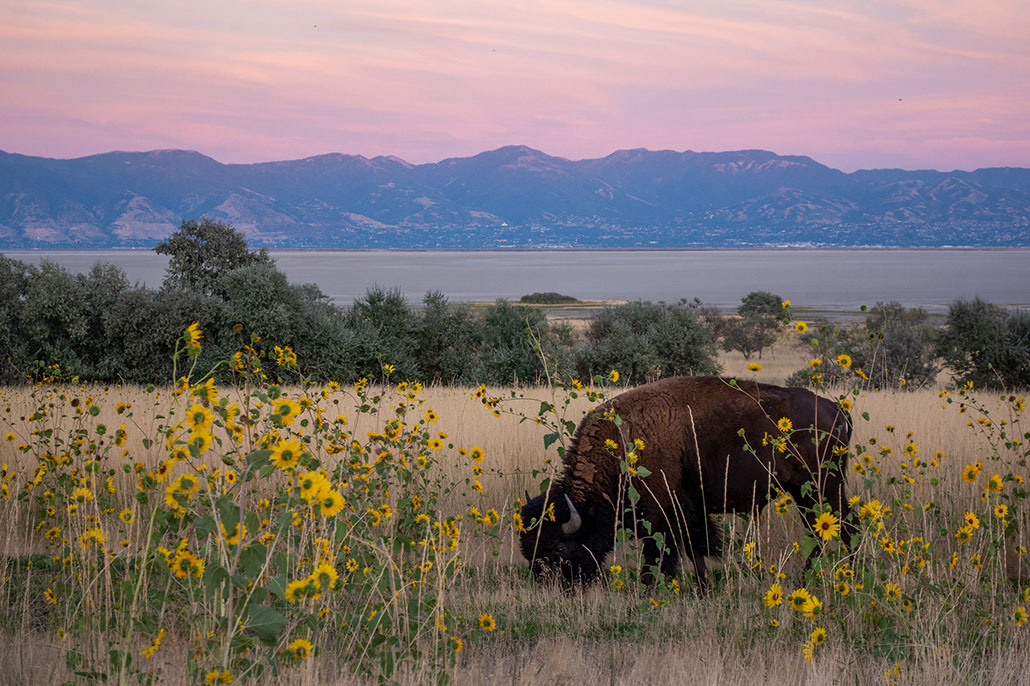Davis County
County History
A Brief History of Davis County
The dominant geographical features of Davis County are the Wasatch Mountains on the east and the Great Salt lake on the west. The mountains provide a source of water and help ensure a remarkably uniform growing season. Not surprisingly, Davis County has always been a rich agricultural area. It was attractive to people even before the time of permanent white settlement. The resources of Davis County were likely used by prehistoric populations beginning as early as 11,000 years ago.
The county’s great agricultural potential was recognized quickly by the Mormon pioneers, and during their first winter in Utah (1847-48) several of them moved livestock into that area for winter forage. By 1850 a number of farms dotted the south half of Davis County. By the 1870s the county was clearly the garden spot of Utah. In addition to producing bounteous harvests and prize-winning livestock, Davis County farmers led out boldly in experimenting with new crops, such as sorghum and alfalfa, new equipment, such as headers and threshers, and new methods, such as dry farming and irrigation management.
Economic prosperity, built on this farming base, followed Davis County into the 20th century. By 1910 the county sported two gristmills, two nurseries, eight irrigation companies, and six canning factories. Five years later it also had a sugar factory. A great variety of crops, fruit, and livestock was raised. New schoolhouses, chapels, stores, and other structures popped up on the landscape. Three railroads served the county’s transportation needs.
During and immediately after World War II, significant changes began to appear in Davis County. Farming, while still important, began to lose its position as the economic leader. Defense installations in the Clearfield-Layton area, such as Hill Air Force Base and the Naval Supply Depot, began to employ large numbers of people. When the navy depot closed, industry and related enterprises purchased the buildings in 1963 and developed the site into the Freeport Center, a bustling manufacturing and distribution center. Suburbs to meet housing needs developed around the Freeport-Hill hub and also in the southern part of the county for people who commuted to Salt Lake City. Service industries, to support this growing population, started to become prominent in the county’s economic make-up.
Although the state’s smallest county in size, Davis is one of the fastest growing in population. The number of residents doubled between 1910 and 1950, doubled again by 1960, doubled again by 1975, and is expected to double again by 1996. It is presently Utah’s third most populous county.
Information
Founded
1850Origin of Name
Captain Daniel C. Davis of the Mormon Battalion.Location
Northern region of the stateCounty Size
The size of Davis County is 325 square miles.Current Population
The current population of Davis County as of 2023 is 373,207U.S. Census Bureau, Population Estimates Program, V2023
County Website
https://www.daviscountyutah.govBordering Counties
Cities & Towns
County Profile Links
4th Grade Reports
Libraries
Military Bases
School Districts
Davis County Image Gallery
Davis County Justice Complex

